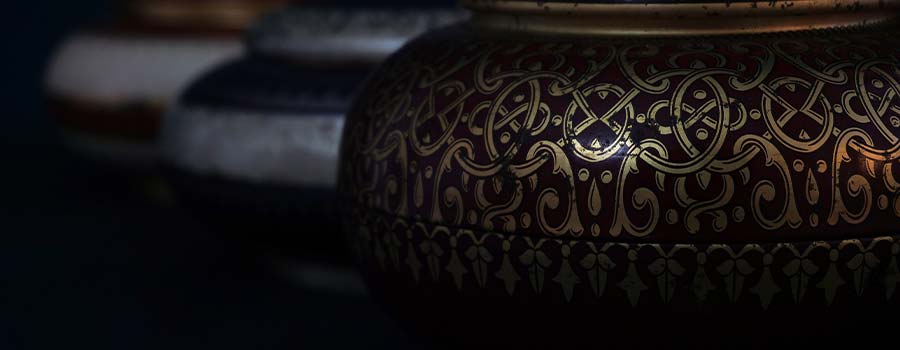
As cremation has grown in popularity across the nation, so have the number of questions surrounding the process. Do cremains contain all the ashes of a loved one? How does a family make sure the cremains they receive are actually those of a loved one? How is a body prepared for cremation? What should one know about what is and what isn’t legal when it comes to scattering ashes?
In this article, we take a frank look at cremation and the steps and processes involved. Should you have any questions, of course, you are invited to contact the Cremation Society of Northern Kentucky.
What is Cremation?
Cremation is the incineration of human remains for final disposal. Cremation is done in specially designed chambers, engineered to reach temperatures between 1550-1800 degrees. It can take anywhere from one to three hours to properly cremate a human body.
What are the steps involved in human cremation?
First the body is identified by a medical professional and delivered to the funeral home and/or crematory. Any pacemakers or medical implants are removed. Jewelry is removed. A body that will be cremated will not require embalming. The body is then placed in a rigid container that will contain it as it is placed in the cremation chamber.
Will the family receive all of the cremains?
When arrangements are made by the Cremation Society of Northern Kentucky, your loved one never leaves our care. We have the only privately owned crematoriums in Greater Cincinnati. Following cremation, families will receive from three to seven pound of cremains. These are the remaining ashes after impurities and large fragments have either been powdered or removed. These cremains are either placed in a temporary container for transport and disposal or a more permanent urn or container for burial of safekeeping by the family.
What do most families do with the ashes of a loved one?
There are more options than ever.
- Cremains may be buried in a traditional cemetery.
- They may be buried in an organic container or private land or with the permission of an owner.
- There are now “green” cemeteries where cremains may be buried or scattered.
- Ashes may be scattered on most government lands.
- They can be scattered on lakes and rivers. If they are scattered at sea the EPA needs to be notified.
- They can be kept in a decorative or personal urn. Urns are available in a wide selection ranging for the traditional vase-type urn to contemporary designs reflective of the life of the loved one.
- Some ashes have been used to create beautiful, meaningful pieces of jewelry and keepsakes.
- Cremains have been sent into space, used in creating fireworks and even blended in inks for personalized tattoos.
Is cremation an accepted, respectful way to dispose of a body?
Absolutely. Our caring staff at the Cremation Society of Northern Kentucky works with families in creating respectful final services. The body of a loved one never leaves our care and is treated with the utmost of respect. Should you choose, you can witness the process. Today, more than half of all final services involve cremation and it has been largely accepted by the world’s major religions.
Can there still be a viewing?
Yes. Many families choose to have a viewing prior to cremation, maintaining some of the concepts of a traditional final service with the advantages of cremation.
The Cremation Society of Northern Kentucky is your resource for questions regarding cremation throughout the region. Should you like to discuss the process more or perhaps begin the pre-planning process, please feel free to contact us.


Post a comment